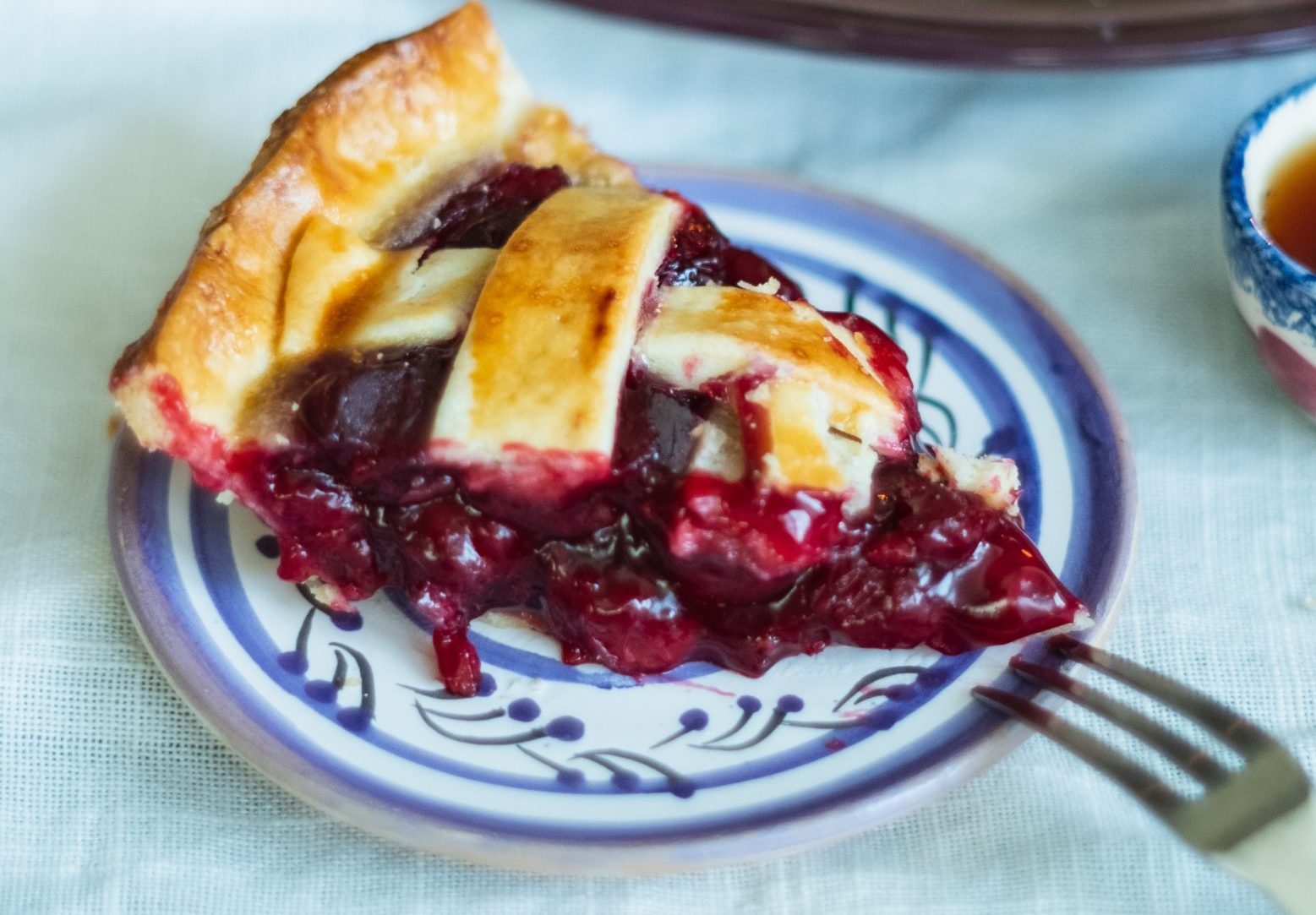 Simon Morgan is an Australian GP and medical educator. He is on X: @DrSimonMorgan
Simon Morgan is an Australian GP and medical educator. He is on X: @DrSimonMorgan
When I went to medical school, now some years back (ahem), I don’t ever remember coming across the term ‘clinical reasoning’.
I certainly recall being taught about the gubernaculum, a word that I always thought sounded more like a rhinological instrument than an embryological ligament.
I was taught how to take a history and give an explanation; insert a cannula and withdraw a catheter; break bad news and fix fractures; close lacerations and open the consultation.
But I was never taught to reason.
Even as a GP trainee in the mid-90s, I genuinely don’t recall learning about the concept or practice of clinical reasoning. It’s not as if we weren’t guided on data synthesis or critical thinking, or the importance of these aspects of the clinical method – we just didn’t call it by name.
But now, as a medical educator in postgraduate GP training, clinical reasoning is very much the main game.
I certainly recall being taught about the gubernaculum, a word that I always thought sounded more like a rhinological instrument than an embryological ligament.Clinical
reasoning has been defined as ‘…the sum of thinking and decision-making processes associated with clinical practice … it enables practitioners to take … the best judged action in a specific context.’1 Or, in a far pithier description as once shared by a GP trainer with me, it’s ‘Making sense of chaos’.
And while it is tricky to define, it is even tricker to teach.2 Clinical reasoning is highly complex, situation-specific, experience-dependent, and based on subconscious and intuitive processes of pattern recognition. A range of strategies have been developed to attempt to teach this core skill, including ‘thinking out loud,’3 concept maps4 and metacognition.5
But there is one common and important, though not well described, deficiency across all existing clinical reasoning teaching methods. A lack of reference to cooking. So here we present a new framework (recipe) to support the development of clinical reasoning skills in the novice medical learner – ‘clinical seasoning’, or the culinary method. Bon appetit!
Gather ingredients
The ultimate success of the clinical seasoning process depends on incorporation of a generous number of appropriate ingredients, namely historical and physical examination data. (‘Premature closure’ [of the pantry doors?] is a common error for rookie cooks.)6 Fresh ingredients are essential and ideally should be personally collected on the day of cooking. However, as with garlic or chili, we caution against heavy-handedness of data inclusion in the culinary method. In particular, the dish can readily be spoiled by over-zealous incorporation of investigations.7
Weigh ingredients
But now, as a medical educator in postgraduate GP training, clinical reasoning is very much the main game.
Once ingredients are gathered, they must be carefully weighed. Bayesian scales are ideal for this purpose. Failure to weigh the ingredients, and prioritise those with the greatest clinical significance, can lead to the dish lacking structure and form. The accuracy of weighing can be improved by an understanding of the sensitivity, specificity and use-by-dates of the data. As well, novice learners should be aware of the range of biases that can lead to inaccurate weighing, the availability of a particular ingredient for example.6
Add ICE
ICE (patient ideas, concerns and expectations) is a fundamental ingredient that we recommend be added to all recipes.8 Incorporation of ICE will significantly improve clarity of the mixture and contribute to a well-balanced dish.
Mix well
Thorough synthesis of all ingredients is a key step in the culinary method. (Clinically) season to taste based on the experience and gut feeling of the chef.9
Pause for the mixture to set
Another key step in the clinical seasoning method is to pause and allow the mixture to set. Incorporating a diagnostic pause in preparation,10 or a management pause once cooking.11 will add to the texture and taste of the final dish.
Bake with a drizzle of evidence
The mixture should be baked at a low heat, with a drizzle of relevant evidence (where available) at least once during cooking. This is known as evidence-baste practice. (Sorry).
Serve with an offer of seconds
Voila! Serve warm. Seconds should be routinely offered by way of follow up and safety netting.12
As a core skill of the safe and effective GP, the term clinical reasoning has emerged from obscurity to ubiquity in medical education over recent years. We hope our model provides a tasteful addition to the smorgasbord of methods to teach clinical reasoning (even if tongue-in-cheek).
References
- Higgs J, Jones M. Clinical decision-making and multiple problem spaces. In: Higgs J, Jones M, editors. Clinical reasoning in the health professions, 3rd ed. Oxford, UK: Butterworth-Heineman Ltd; 2008.
- Eva KW. What every teacher needs to know about clinical reasoning. Med Education 2005; 39(1): 98-106.
- Durning SJ, et al. Context and clinical reasoning. Advances in Health Sci Educ. 2011; 45(9): 927-938.
- Daley BJ, Torre DM. Concept maps in medical education: an analytical literature review. Med Education 2010; 44(5): 440-448.
- Kosior K, Wall T, Ferrero S. The Role of Metacognition in Teaching Clinical Reasoning: Theory to Practice. Ed Health Professions 2019; 2(2): 108-114.
- Saposnik G. et al. Cognitive biases associated with medical decisions: a systematic review. BMC Med Inform Decis Mak 2016; 16:138.
- Morgan S, Coleman J. We live in testing times. Teaching rational test ordering in general practice. Aust Fam Physician 2014; 43(5); 273-276.
- Pendleton D, Schofield T, Tate P, Havelock P. The consultation: an approach to teaching and learning. Oxford: Oxford University Press, 1984
- Stolper E, van Bokhoven M, Houben P, et al. The diagnostic role of gut feelings in general practice. A focus group study of the concept and its determinants. BMC Fam Pract 2009; 10: 17.
- Trowbridge R. Twelve tips for teaching avoidance of diagnostic error. Med Teach 2008; 30: 496–500.
- Abdoler EA, Parsons AS, Wijesekera TP. The future of teaching management reasoning: important questions and potential solutions. Diagnosis (Berl). 2022; 10(1): 19-23.
- Jones D, Dunn L, Watt I, Macleod U. Safety netting for primary care: evidence from a literature review. Br J Gen Pract 2019; 69(678): 70-79. DOI: https://doi.org/10.3399/bjgp18X700193
Photo by Diliara Garifullina on Unsplash






